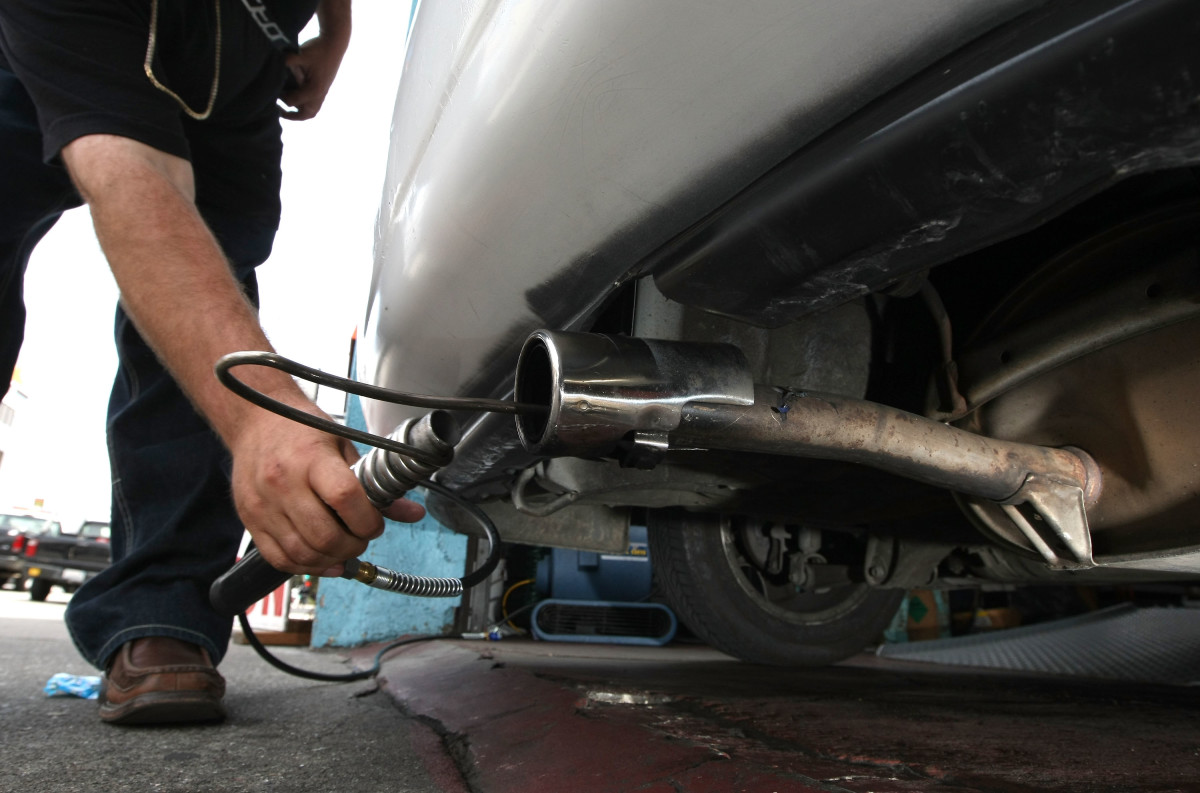Emissions Restrictions May Disappear
If you’re old enough, you may remember regular news reports on TV showing the state of the air quality in smoggy cities like Los Angeles, and it was only in 2007 that a Supreme Court ruling deemed greenhouse gases as pollutants under the Clean Air Act. In 2009, the Environmental Protection Agency could finally declare that carbon dioxide and methane emissions are hazardous to public health. The New York Times reports that a new draft proposal could undo the EPA’s ability to limit greenhouse gases by rescinding the above declaration, known as the “endangerment finding.” This will affect heavy industry and other sources of pollution, too, but as it relates to cars, automakers may be about to operate under far more lenient conditions.
No Denial That Greenhouse Gases Are Bad
Getty Images
The endangerment finding is the basis of the federal government’s sole tool to limit climate pollution from vehicles, and removing it would have widespread consequences. The proposed draft reportedly does not argue with the scientific basis of the claim that greenhouse gases are harmful, instead taking issue with how much say the EPA has had, claiming it legally overstepped its authority by “making a broad finding” that these emissions endanger public welfare, according to the NY Times. This is despite the transportation sector being the largest source of greenhouse gas emissions in the U.S. If the new plan is approved, the EPA would only be able to legislate in specific circumstances.
According to the report, which cites two anonymous internal sources, “the EPA intends to argue that imposing climate regulations on automakers poses the real harm to human health because it would lead to higher prices and reduced consumer choice.” If the Trump administration repeals the endangerment finding, it could have effects beyond the next three and a half years, preventing future administrations from using it to address climate change. In the near term, it would remove all current greenhouse gas emissions restrictions from cars, factories, power plants, and so on.
Unsurprising Development Still Has Hurdles To Overcome
Justin Sullivan/Getty Images
The Trump administration has already announced that Federal Tax credits for electric vehicles will come to an end on September 30, and fines for Corporate Average Fuel Economy violations have been all but eliminated as the president pushes for more fossil fuel production and use. President Trump did something similar in his first term. However, the NY Times spoke with Joseph Goffman, who helmed the EPA during President Biden’s time in office, and he that even after submitting the proposal for public comment, this proposal would conflict with the 2007 Supreme Court ruling mentioned at the outset. At the time, the EPA wrote over 200 pages outlining that increasingly severe heat waves, storms, and droughts caused by environmental pollution would endanger the public through increased death and disease rates.
If this is approved, expect to see a further reduction in the scale of automakers’ EV plans and an increase in the number of combustion-powered cars. Many U.S.-market cars are also sold in Europe, so at least some powertrains may remain relatively clean, but automakers won’t miss too many opportunities to save money, even if dirtier tailpipes are the consequence.